In the Cliffs of Mesa Verde
Climb into the Colorado cliff dwellings and imagine what life was like for the Ancestral Pueblo Indians who lived there
Mesa Verde's cliff dwellings are a little crumbly in places, and looters took away most of the pottery and baskets a century ago. But as you explore the southwestern Colorado national park, it's easy to imagine the lives of the Ancestral Pueblo Indians who built these cliff houses 800 years ago.
Ancestral Puebloans grew squash, corn and beans on the mesa and lived in simpler pit houses as early as A.D. 600. They began building cliff houses in the 1200s: multistory structures of sandstone bricks and mortar, tucked into deep rock alcoves.
The building boom occurred during a time of plenty. Archaeological research reveals that the first cliff dwellers ate deer and bighorn sheep and had tall, straight timbers for their roofs. Then came the lean years, according to park ranger Paul Ferrell. People hunted out the big game and deforested the mesa. In 1276 a 23-year drought began. The Ancestral Puebloans abandoned the site by 1300.
Cowboys found the cliff dwellings in the 1880s and subsequent explorers plundered them—until much of the mesa was turned into a national park in 1906. That protection, plus the arid climate and the shelter from overhanging rocks, beautifully preserved the cliff dwellings as well as artwork chiseled into cliff faces.
If you're not too bothered by climbing steep ladders or crawling through tunnels, you can tour several of the sites, including the largest cliff dwelling in North America. In some dwellings you can still see ceilings blackened by hearth smoke.
Planning Your Next Trip?
Explore great travel deals
Smithsonian magazine participates in affiliate link advertising programs. If you purchase an item through these links, we receive a commission.
/https://tf-cmsv2-smithsonianmag-media.s3.amazonaws.com/accounts/headshot/laura-helmuth-240.jpg)
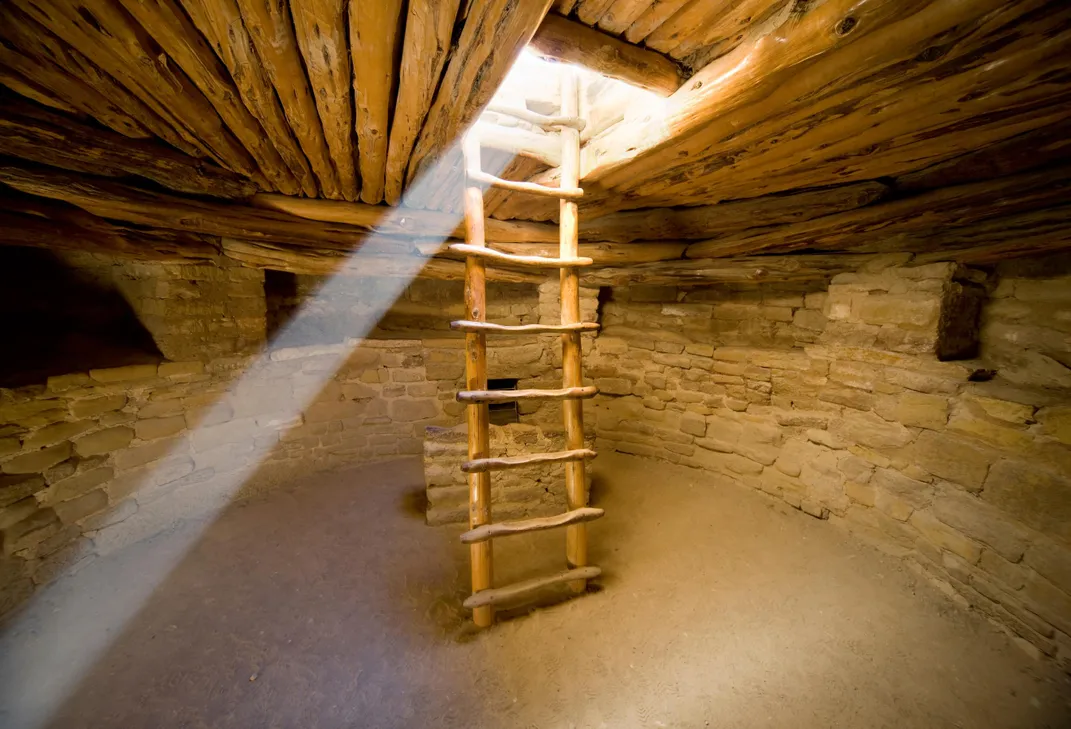

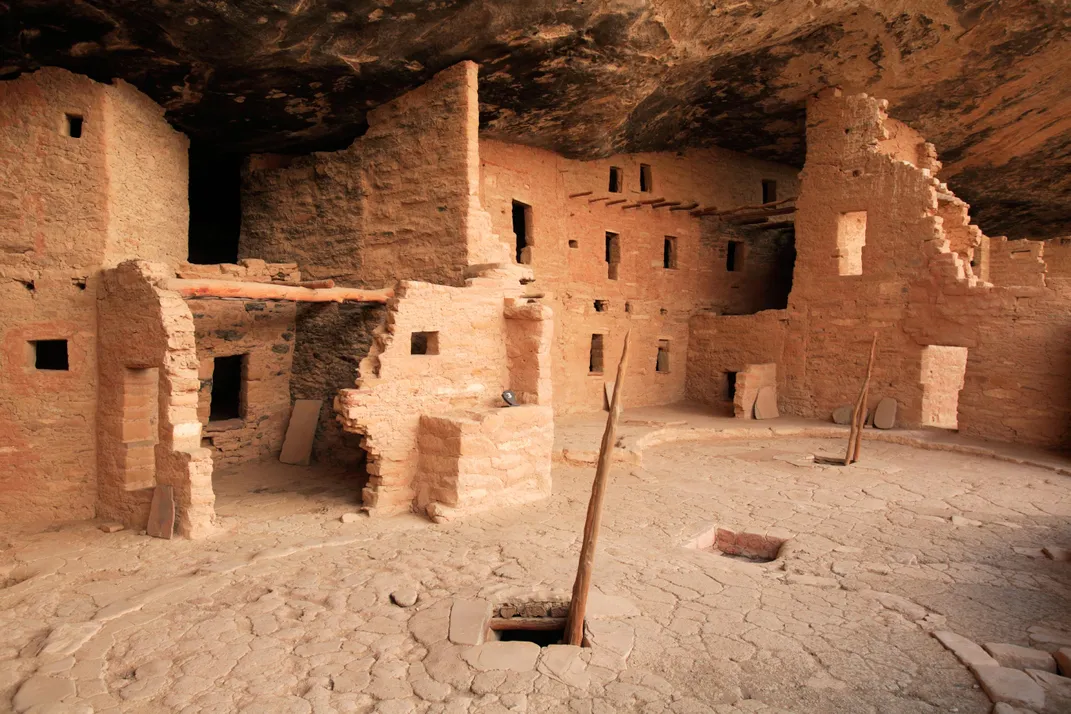
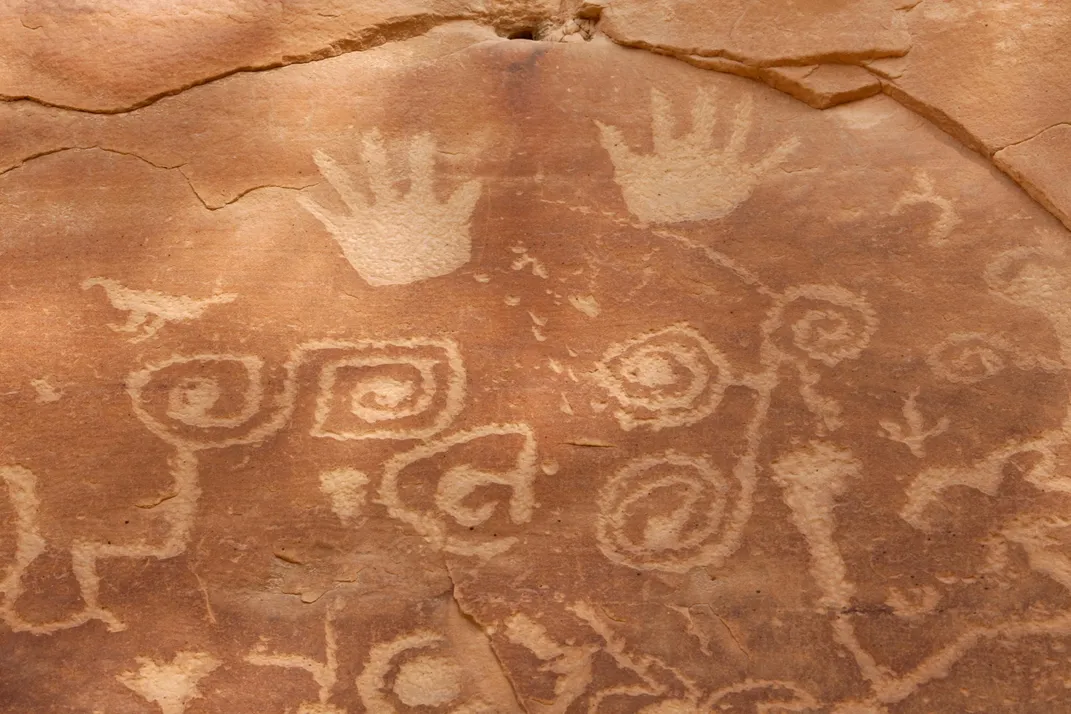
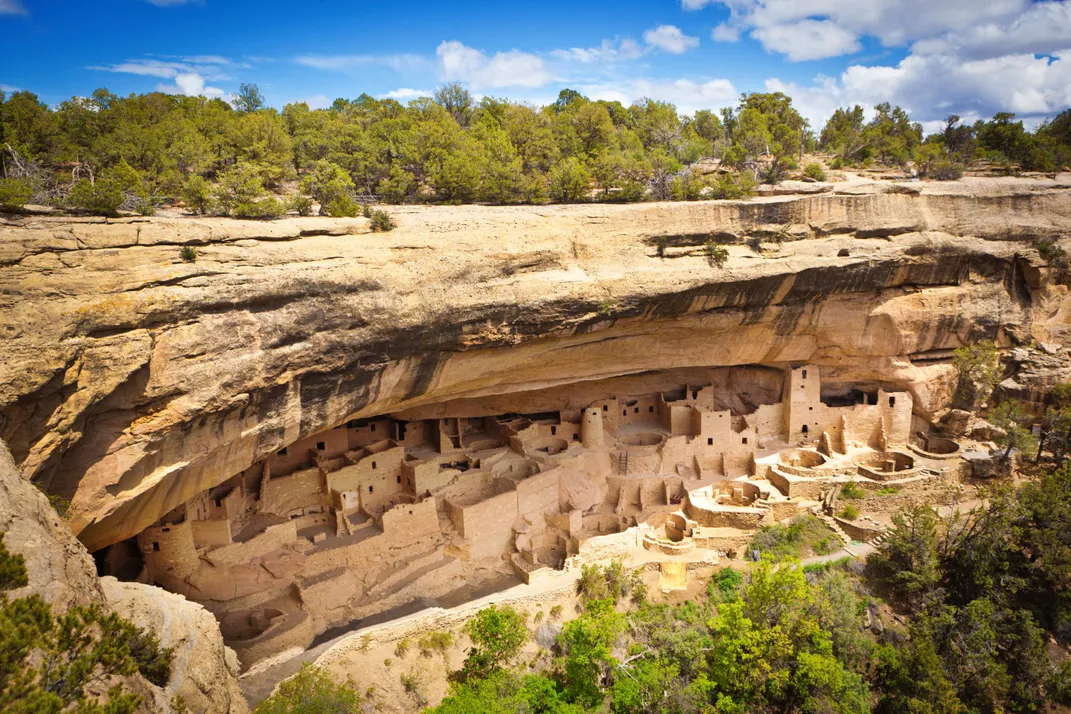
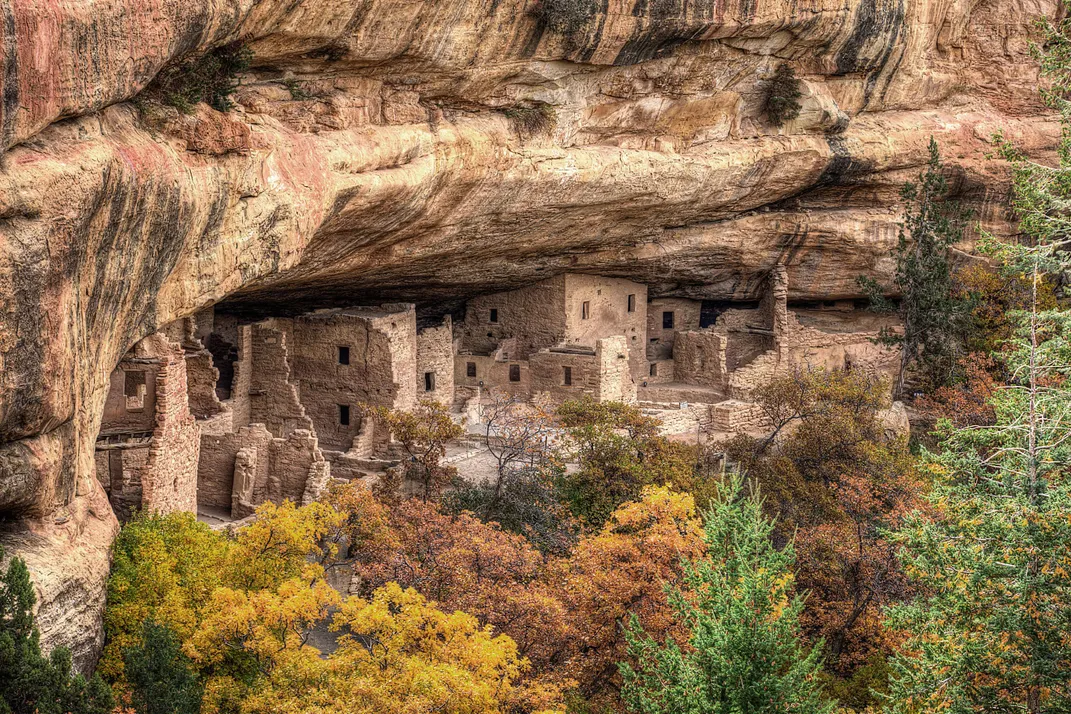
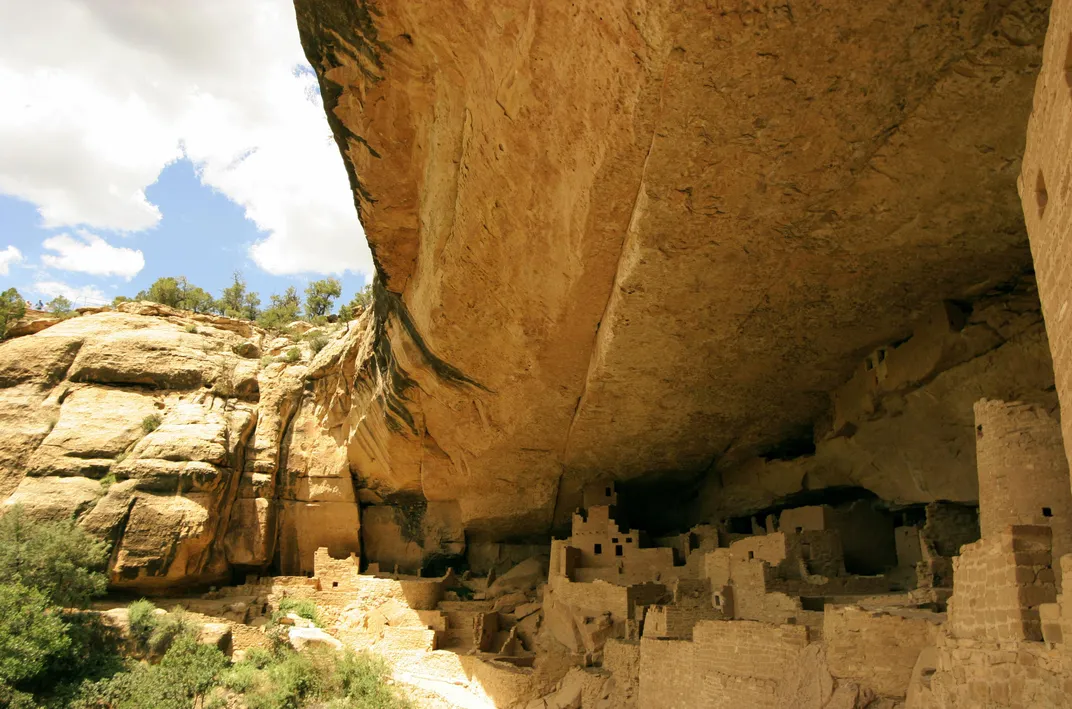
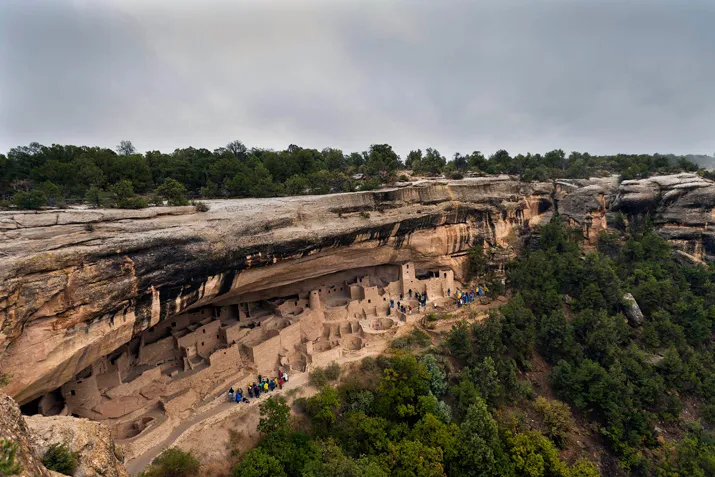
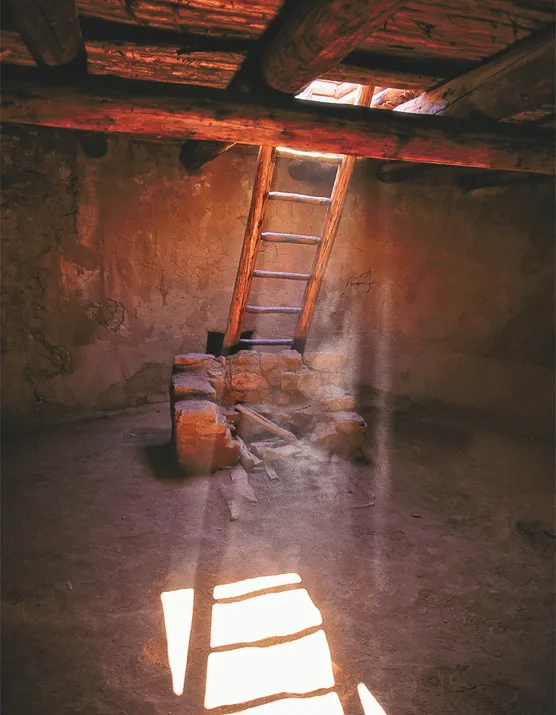
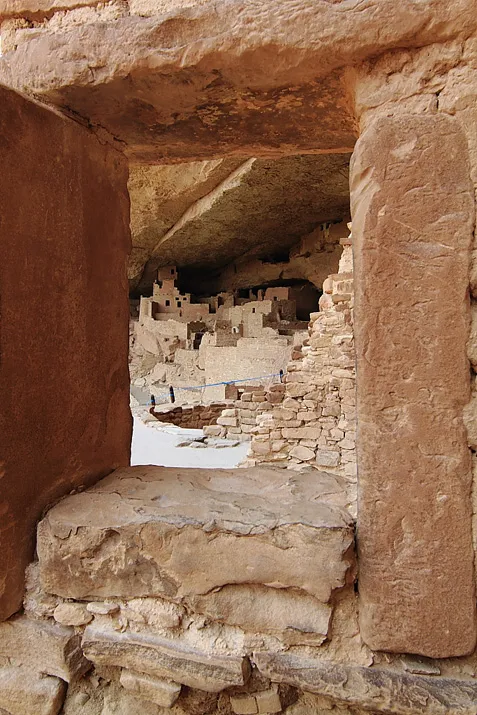
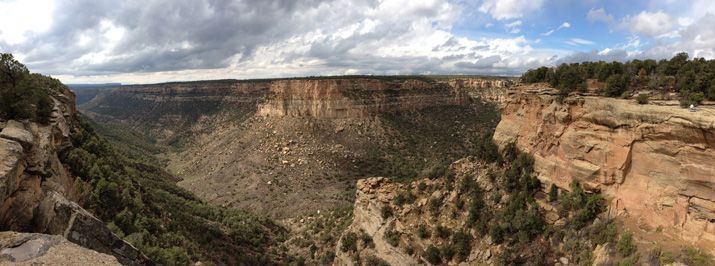
/https://tf-cmsv2-smithsonianmag-media.s3.amazonaws.com/accounts/headshot/laura-helmuth-240.jpg)